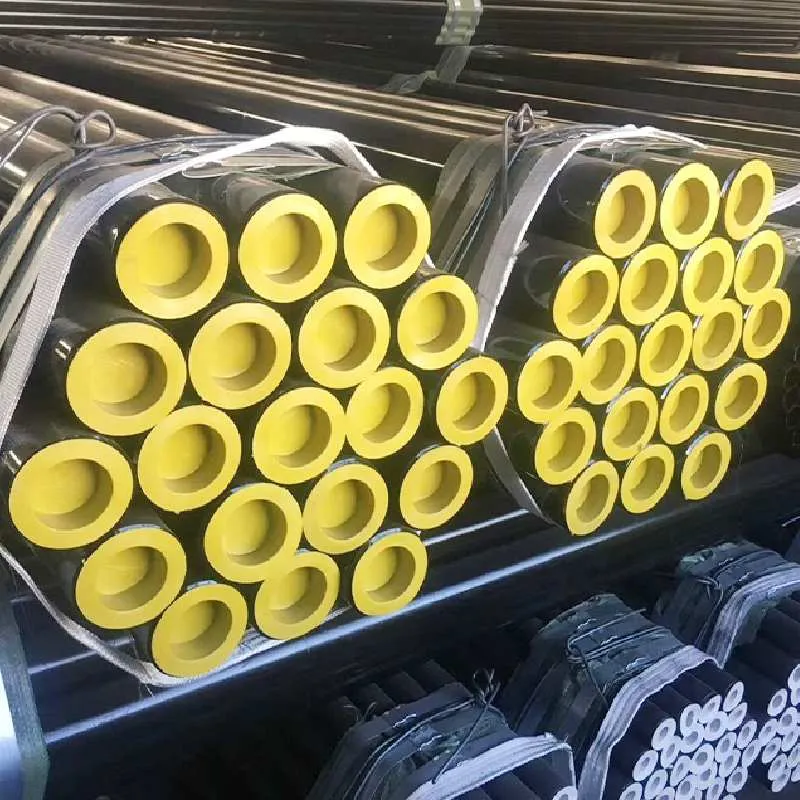-
Cangzhou Yulong Steel Co., Ltd.
-
Phone:
+86 13303177267 -
Email:
admin@ylsteelfittings.com
- English
- Arabic
- Italian
- Spanish
- Portuguese
- German
- kazakh
- Persian
- Greek
- French
- Russian
- Polish
- Thai
- Indonesian
- Vietnamese
- Zulu
- Korean
- Uzbek
- Hindi
- Serbian
- Malay
- Ukrainian
- Gujarati
- Haitian Creole
- hausa
- hawaiian
- Hebrew
- Miao
- Hungarian
- Icelandic
- igbo
- irish
- Japanese
- Javanese
- Kannada
- Khmer
- Rwandese
- Afrikaans
- Albanian
- Amharic
- Armenian
- Azerbaijani
- Basque
- Belarusian
- Bengali
- Bosnian
- Bulgarian
- Catalan
- Cebuano
- China
- China (Taiwan)
- Corsican
- Croatian
- Czech
- Danish
- Esperanto
- Estonian
- Finnish
- Frisian
- Galician
- Georgian
- Kurdish
- Kyrgyz
- Lao
- Latin
- Latvian
- Lithuanian
- Luxembourgish
- Macedonian
- Malgashi
- Malayalam
- Maltese
- Maori
- Marathi
- Mongolian
- Myanmar
- Nepali
- Norwegian
- Norwegian
- Occitan
- Pashto
- Dutch
- Punjabi
- Romanian
- Samoan
- Scottish Gaelic
- Sesotho
- Shona
- Sindhi
- Sinhala
- Slovak
- Slovenian
- Somali
- Sundanese
- Swahili
- Swedish
- Tagalog
- Tajik
- Tamil
- Tatar
- Telugu
- Turkish
- Turkmen
- Urdu
- Uighur
- Welsh
- Bantu
- Yiddish
- Yoruba

okt . 12, 2024 23:49 Back to list
astm a 106 gr b specification
Understanding ASTM A106 Grade B Specification
The ASTM A106 Grade B specification is a critical standard in the world of material engineering, particularly focusing on seamless carbon steel pipes for high-temperature service. This specification outlines the requirements for the manufacturing and inspection of such pipes, ultimately ensuring they meet the rigorous standards necessary for various industrial applications.
Overview of ASTM A106
The ASTM A106 standard, titled Standard Specification for Seamless Carbon Steel Pipe for High-Temperature Service, is published by ASTM International, an organization that develops and publishes voluntary consensus technical standards for a wide range of materials and products. ASTM A106 specifically addresses the needs of those working with carbon steel pipes that are used in processes involving high-temperature and high-pressure environments.
Grades of ASTM A106
The specification covers three grades A, B, and C, with Grade B being the most commonly used. ASTM A106 Grade B pipes are renowned for their exceptional strength and reliability, making them suitable for various applications, including oil and gas, power generation, and chemical processing industries.
Chemical Composition
ASTM A106 Grade B pipes are composed primarily of carbon steel and must adhere to specific chemical composition requirements. The standard allows for certain percentages of other elements, such as manganese, phosphorus, sulfur, and silicon, but the primary focus is on carbon content, which typically ranges from 0.18% to 0.23%. The precise composition is vital as it directly affects the mechanical properties of the pipe, its performance under high temperatures, and its overall durability.
Mechanical Properties
astm a 106 gr b specification

The mechanical properties of ASTM A106 Grade B pipes are critical for their application in high-pressure and high-temperature environments. The standard specifies a minimum yield strength of 240 MPa (35,000 psi) and a minimum tensile strength of 415 MPa (60,000 psi). Additionally, the elongation requirement varies depending on the pipe size—commonly around 20% for pipes smaller than 2 inches in diameter and may be higher for larger sizes. These properties ensure that the pipes can withstand the stresses encountered in demanding applications without succumbing to failure.
Manufacturing Process
The manufacturing of ASTM A106 Grade B pipes follows strict guidelines to ensure quality and consistency. The pipes are produced through a seamless process, which eliminates the need for welded joints, thereby providing a product that is less prone to failure under pressure. The production usually involves hot rolling or cold drawing methods, with the pipes subsequently undergoing various heat treatment processes to enhance their mechanical properties.
Testing and Inspection
Quality assurance is a crucial aspect of the ASTM A106 Grade B specification. Several tests are required to ascertain the integrity and performance of the pipes. These include non-destructive testing methods such as ultrasonic testing (UT) and radiographic testing (RT) to detect any internal or external defects. Additionally, hydrostatic testing is conducted to ensure the pipes can withstand the required pressure levels without yielding.
Applications
Due to their robust attributes, ASTM A106 Grade B pipes find extensive applications across numerous industries. They are predominantly used in the transportation of fluids in high-temperature and high-pressure environments, such as in power plants, refineries, and chemical plants. The versatility of these pipes also extends to construction and infrastructure projects, where they serve as a reliable component in various piping systems.
Conclusion
In summary, ASTM A106 Grade B specification is a vital aspect of material standards in the industry, ensuring that seamless carbon steel pipes meet the necessary requirements for high-temperature applications. With stringent manufacturing processes, precise chemical compositions, and thorough testing methods, ASTM A106 Grade B pipes are positioned as one of the best choices for industries requiring reliability and strength in challenging environments. Understanding this specification is crucial for engineers, manufacturers, and quality control professionals who aim to ensure safety and performance in their piping systems.
Latest news
-
ANSI 150P SS304 SO FLANGE
NewsFeb.14,2025
-
ASTM A333GR6 STEEL PIPE
NewsJan.20,2025
-
ANSI B16.5 WELDING NECK FLANGE
NewsJan.15,2026
-
ANSI B16.5 SLIP-ON FLANGE
NewsApr.19,2024
-
SABS 1123 FLANGE
NewsJan.15,2025
-
DIN86044 PLATE FLANGE
NewsApr.19,2024
-
DIN2527 BLIND FLANGE
NewsApr.12,2024
-
JIS B2311 Butt-Welding Fittings LR/SR 45°/90° /180°Seamless/Weld
NewsApr.23,2024











